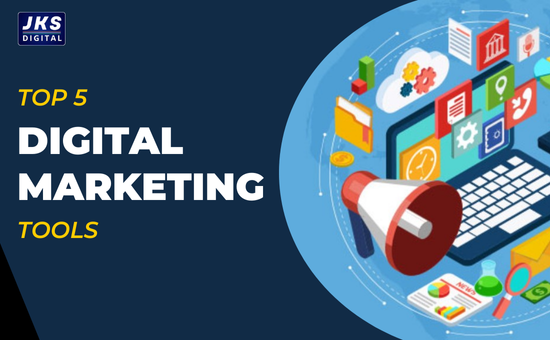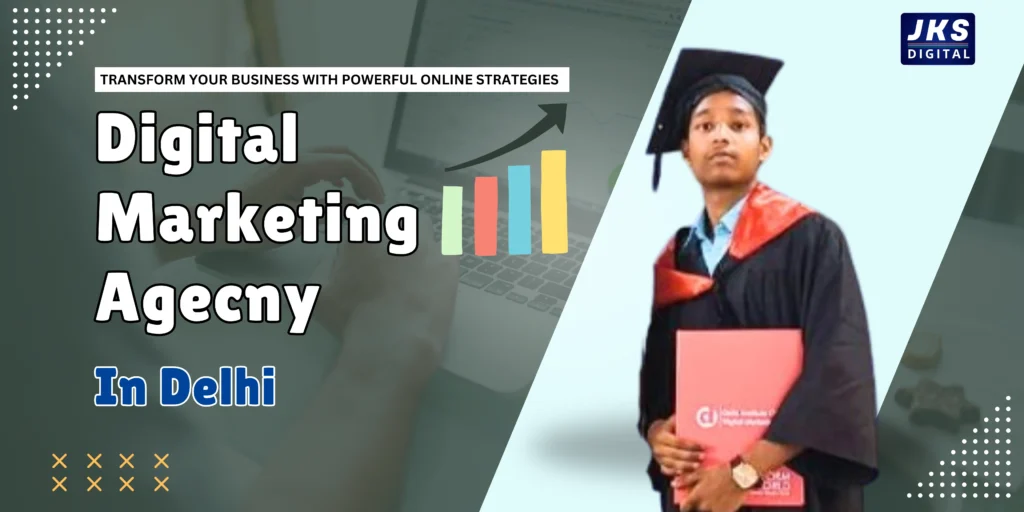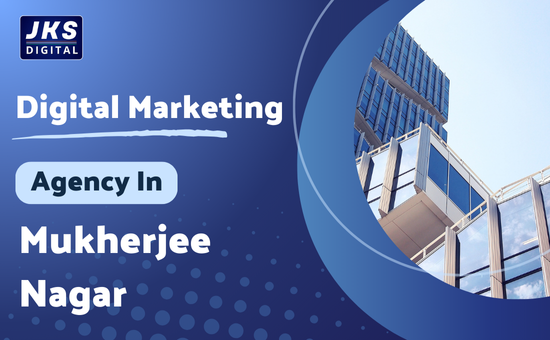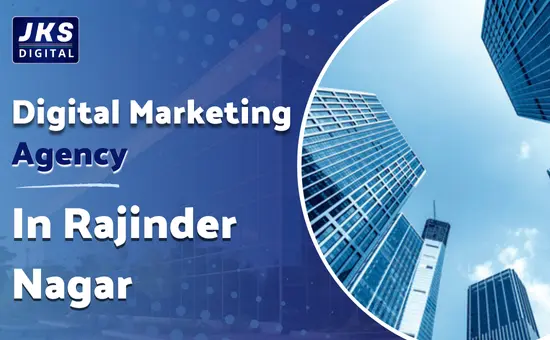Digital Ads: In today’s fast-paced and tech-driven world, education platforms are completely transforming the way learning is done using digital advertising. With the advent of e-learning, online classes, and virtual classrooms, education is no longer confined to schools or colleges. Digital advertising is playing a key role in this transformation.

This article discusses how education platforms are accelerating their growth, reaching more people, and creating new ways of learning in the digital age with the help of digital advertising.
Shift to digital: A necessity in education
The global shift towards online education was catalyzed by the pandemic, but it has since gained momentum as the preferred mode of learning for millions. From K-12 platforms to professional development courses, the education sector has embraced technology to meet diverse learning needs. This shift has also necessitated innovative marketing approaches to connect with potential students, teachers, and parents.
Digital advertising offers education platforms a unique opportunity to reach their target audience efficiently. Unlike traditional advertising methods like print or television, digital ads are data-driven, customizable, and measurable. These qualities make them particularly attractive to education platforms aiming to maximize their reach and impact.
Leveraging social media for audience engagement
Social media platforms like Facebook, Instagram, LinkedIn, and TikTok have now become must-have tools for education providers. By using all these platforms correctly, education companies can connect directly with their students and audiences where they spend the most time. For example:
Read Also – 10 Most Effective Ways to Skyrocket Your Social Media Engagement in 2025
- Facebook and Instagram Ads:
Education platforms use engaging ads to showcase their courses and services. These include video testimonials, success stories, and course previews. These platforms have great targeting options. They help customize ads based on age, location, and interests. This way, education providers can reach their right audience. - LinkedIn Ads:
For professional education platforms, LinkedIn is a great platform. Ads promoting certifications, workshops, or advanced degree programs are beneficial for working professionals looking to advance their careers. - TikTok and YouTube Ads:
High school and college students, especially younger audiences, are now increasingly using TikTok and YouTube for entertainment and information. Education platforms take advantage of this change and create engaging and relatable ad content on these platforms. Such as short instructional videos that are easy to understand, or content that presents complex topics in a fun way. In this way, they reach their young audience with their educational content. - Personalized Ads: A Step to Change:
Personalization is the most important strategy of digital marketing, and education platforms are no exception. Now with the help of data analytics and AI, platforms can tailor their ads to the specific needs of the audience. This means that each individual will receive the content they find most important or interesting. This type of personalized advertising is more effective and creates better engagement with the audience. For example, a student can be shown courses related to their preferred subject.
Read Also – Proven Tips to Improve Your Website’s SEO in 2025
- Targeted content:- Ads promoting beginner-level courses are shown to first-time users, while advanced programs are highlighted for returning learners.
- Localized campaigns:- Platforms use geotargeting to promote courses that align with regional academic calendars or cultural interests.
- Dynamic retargeting:- By tracking user behavior, education platforms can retarget potential students with personalized messages, such as reminders about incomplete registrations or discounts on bookmarked courses.
Influencer collaboration and peer recommendations
Education platforms have also started leveraging influencer marketing to build trust and authenticity. Collaborating with teachers, subject experts, and popular content creators in the education space helps platforms reach an already engaged audience. Influencers often share their learning journeys, review courses, or provide exclusive information, making digital ads more relevant and credible.
Additionally, peer recommendations are very valuable. Platforms encourage existing users to share their experiences through testimonials, reviews, and referral programs. Digital ads with real-life success stories create a sense of credibility and instill confidence in potential learners.
The Role of SEO and SEM in Digital Ads
Search Engine Optimization (SEO) and Search Engine Marketing (SEM) are critical components of digital advertising strategies for education platforms. By optimizing their content for search engines and running paid ad campaigns, platforms ensure high visibility and traffic. For instance:
- Google Ads: Running pay-per-click (PPC) campaigns for keywords like “best online coding classes” or “affordable MBA programs” helps platforms capture intent-driven audiences.
- SEO-driven Content Ads: Platforms use blog posts, video tutorials, and infographics that are SEO-optimized to organically attract potential learners to their websites.
Read Also – 2025 Short-Form Video Trends: The Future of Social Media Branding”
Engaging Visual Content: The Key to Attention
Education platforms are increasingly relying on visually engaging content in their ads. Videos, animations, and interactive graphics captivate audiences and simplify complex topics. Live demos, quick tutorials, and behind-the-scenes videos of virtual classrooms give potential learners a sneak peek into the experience they can expect.
For example, a platform offering graphic design courses might run an ad campaign featuring a time-lapse of a designer creating a logo. Such content not only showcases the course’s value but also sparks curiosity and excitement among viewers.
Data Analytics: Measuring Success and Optimizing Strategies
One of the most significant advantages of digital ads is their measurability. Education platforms use data analytics tools to track metrics such as click-through rates (CTR), conversion rates, and cost per acquisition (CPA). These insights help refine ad campaigns and ensure maximum ROI.
Platforms can identify which ads resonate most with their audience and allocate budgets accordingly. For instance, if a campaign targeting working professionals shows higher engagement than one targeting college students, the platform can shift focus to maximize enrollments in professional courses.
Overcoming Challenges in Digital Advertising
Despite its many advantages, digital advertising for education platforms comes with challenges:
- Rising Competition: The e-learning industry is crowded, making it essential for platforms to differentiate themselves through unique value propositions.
- Ad Fatigue: Overexposure to ads can lead to disengagement. Platforms must strike a balance between promotional and informative content.
- Data Privacy Concerns: Adherence to privacy regulations like GDPR and ensuring user trust are crucial for sustainable growth.
To address these challenges, education platforms focus on building authentic connections, offering genuine value, and maintaining transparency in their advertising practices.
Read Also – Relentless Digital Marketing: A Mantra of Success That Never Stops
Conclusion
Digital advertising has become an indispensable tool for education platforms striving for growth and innovation. By leveraging social media, personalized campaigns, influencer collaborations, and data-driven strategies, these platforms are breaking barriers and making quality education accessible to all.
As technology continues to evolve, the potential for digital ads in the education sector is boundless. By staying attuned to emerging trends and user preferences, education platforms can not only drive growth but also contribute to shaping a more educated, informed, and empowered global community.





